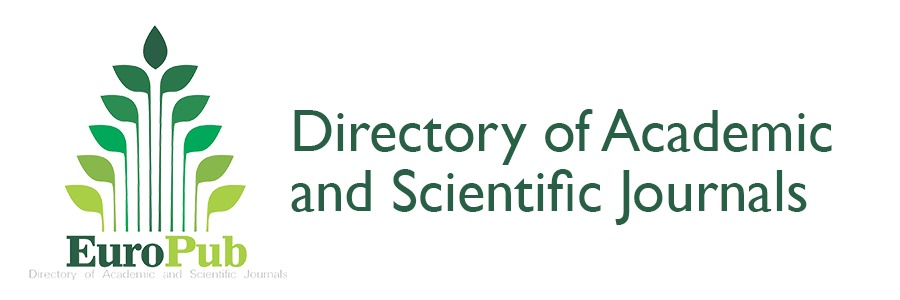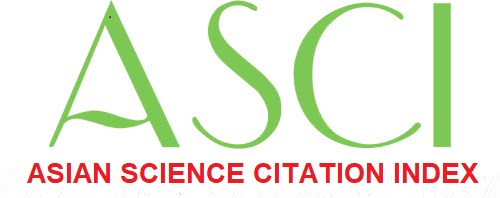Incidence of Salmonella typhi in Blood Cultures and Antibiogram Patterns in Peshawar
DOI:
https://doi.org/10.62746/njlhs.v2n2.46Keywords:
Salmonella Typhi, Resistance drug, Susceptibility drug, Multidrug-resistantAbstract
Background: Typhoid fever, caused by Salmonella typhi, has become a major public health problem worldwide, particularly in developing nations like Pakistan, as a result of the emergence of resistant strains. The aim of this study was to identify unique differences in antibiotic susceptibility across Salmonella typhi isolates isolated from human blood samples, providing insight into critical patterns impacting successful treatment approaches.
Methodology: 2000 patients’ blood samples collect whose sign and symptom like typhoid positive individuals were cultured on blood agar and MacConkey agar to detect Salmonella typhi. Biochemical assays were used to identify the bacterium, and the disc diffusion method on MHA agar was used to evaluate its susceptibility to eleven antibiotics.
Results: Salmonella typhi (5%) was identified from patients' blood samples. Ciprofloxacin resistance was found in 32% of those tested, followed by resistance to azithromycin (41%), ceftazidime (87%), cefotaxime (88%), sulactum/cefoperazone and piperacillin/tazobactam (89%), and chloramphenicol (97%) and Tigecycline, Imipenem, Gentamicin and Amikacin along with Meropenem shows 0% resistance toward bacterium otherwise there was no Funding.
Conclusion: According to our findings, Salmonella typhi very rapidly developing resistance to antimicrobial drugs as a result of virulence transfer and antibiotic resistance, this might lead to treatment failure in typhoid patients in Pakistan.
Downloads
Downloads
Published
Issue
Section
License
Copyright (c) 2024 National Journal of Life and Health Sciences

This work is licensed under a Creative Commons Attribution-NonCommercial 4.0 International License.
Open Access


























